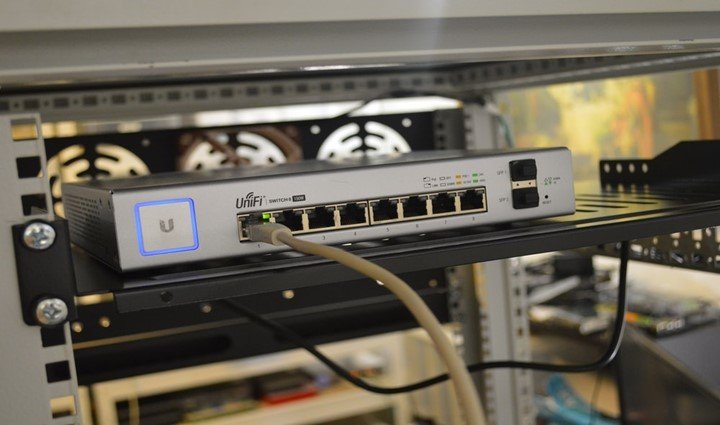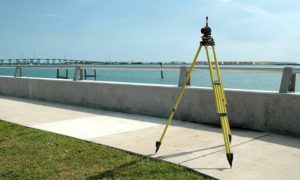Have you ever gotten lost while going somewhere and needed directions? Were you ever looking for the closest bakery but had no idea whether you should turn left or right? We have all been there but these days fewer people actually experience this- because of GIS. Now all you have to do is search via the web or use an app to get directions to where you want to go.
Usually, all we do is mark the location on Google Maps right? Or some of us go to Google and type in… bakeries near me or a cinema near me.
GIS stands for geographic information systems and consists of all your direction-finding material including Google Maps, GPS systems, and other online material.
GIS itself includes software, hardware, information, and users- all of which combine to create a thorough system. The system has evolved over the years and previously information could be exchanged by two people in the same room, later on, it expanded to Web GIS in which information could be exchanged across long distances and now Internet GIS has changed that even further.
The two terms used for this: Web GIS and Internet GIS, are both parts of this system and not everyone can differentiate between them. Usually, both of these terms are synonymous with one another but have one difference in essence. Internet GIS is a broader term than Web GIS and includes a lot more than web service.
Here is how.
1. Internet GIS
First, the broader term. Internet GIS consists of all geographic information services. It uses and operates on wired and wireless systems to disseminate geographic information. It uses GIS Web services and analytical tools combined to provide the information needed and is a major paradigm shift from traditional GIS services that were only web-based.
This includes apps and other forms of information that use the services of the Internet to connect a user to a plethora of geographic information and generate further information through the use of artificial intelligence.
2. Web GIS
Web GIS uses the traditional www model and is limited to geographic information systems that operate on the web. This does not include applications and other services that do not operate via a regular server. Components of this include specific tools for data handling, storage, recovery, and the analysis of data. To elaborate, Web GIS is a thorough distributed information system that already exists on servers.
In order to constitute Web GIS, a system must have a client and one server to exchange information on- the simplest and smallest form of a web geographical information system.
The whole system is broken down into components, first comes GIS and then comes distributed GIS. This is then followed by Internet GIS, and finally Web GIS. Therefore, Web GIS only offers one service- the use of the web in order to find information. Internet GIS uses plenty more tools including user-generated data and analytical tools to find and generate what a user requires.
That sums up the basic distinction between the two.



